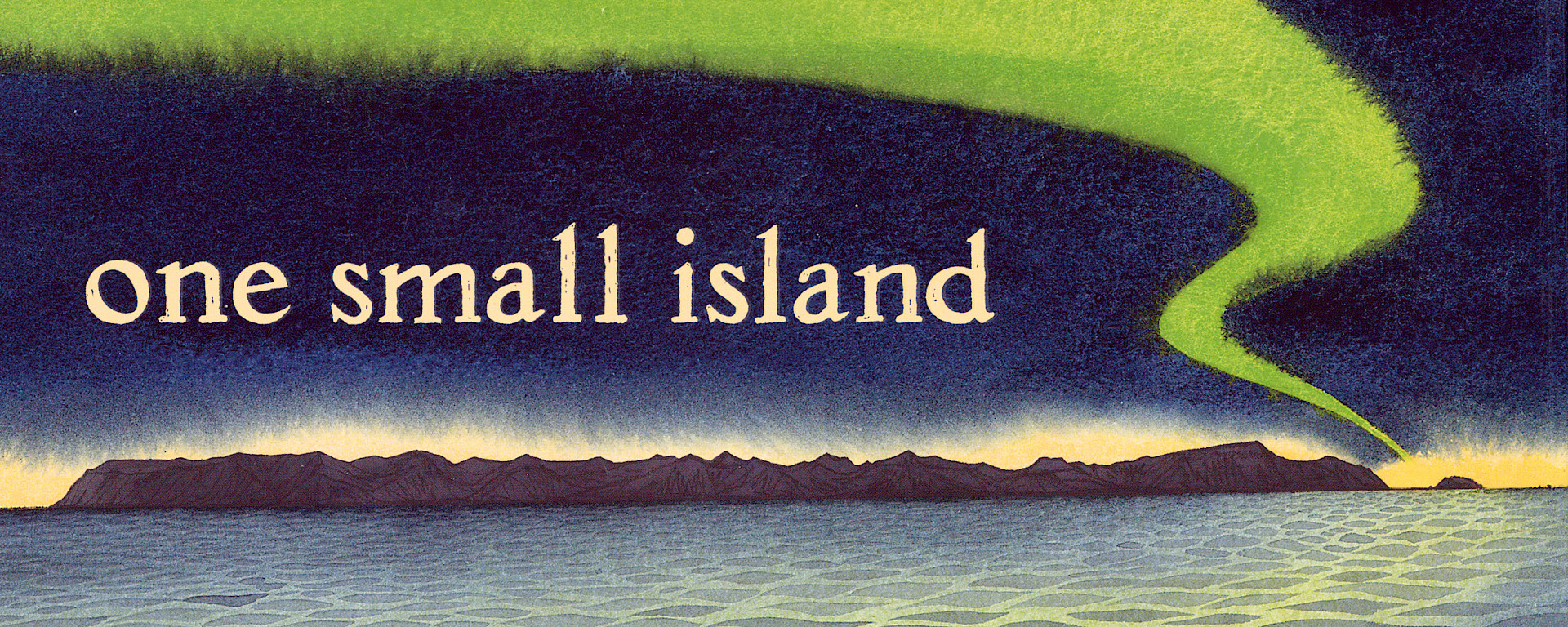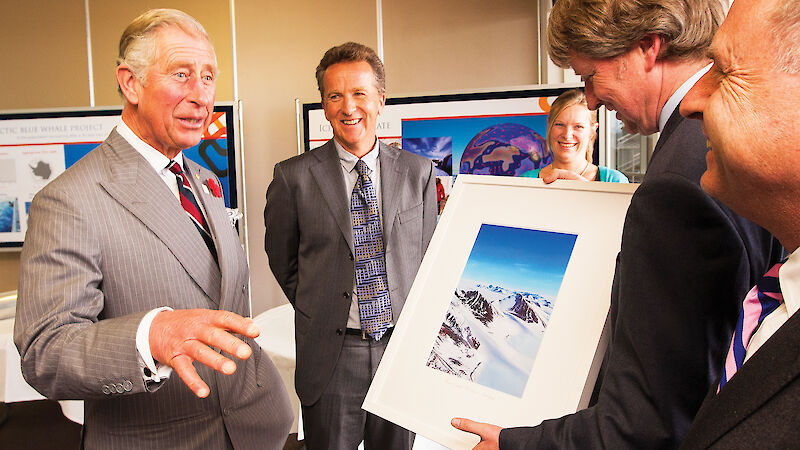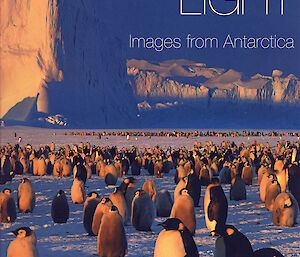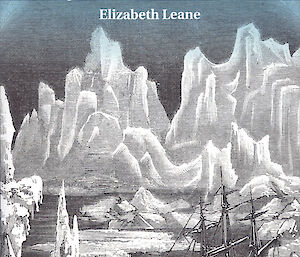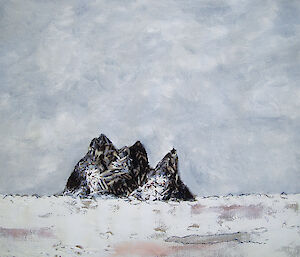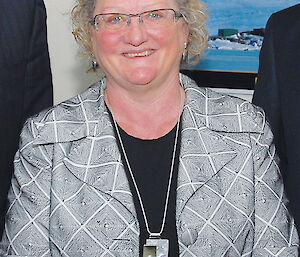Royal visit
His Royal Highness The Prince of Wales learned more about Australia’s Antarctic science program and Tasmania’s role as an Antarctic research hub during a visit to Hobart in November.
The Prince and Her Royal Highness the Duchess of Cornwall were in Tasmania as part of a week-long Australian leg of the Queen’s Diamond Jubilee tour.
Scientists from the Australian Antarctic Division, Antarctic Climate and Ecosystems Cooperative Research Centre, the Institute of Marine and Antarctic Studies, the Commission for the Conservation of Antarctic Marine Living Resources and CSIRO spoke about Australia’s current Antarctic and Southern Ocean climate research and ecosystems management.
The Prince was presented with a framed photograph of the Prince Charles Mountains in East Antarctica to commemorate his visit.
East Antarctic Marine Protected Areas
A Special Meeting of the Commission for the Conservation of Antarctic Marine Living Resources (CCAMLR) and its Science Committee has been scheduled for mid-2013 to progress the establishment in Antarctica of one of the world’s largest networks of Marine Protected Areas (MPAs).
Australia, France and the European Union jointly proposed to the 25 Member Commission the establishment of a network of seven MPAs in the East Antarctic region with a total area of 1.9 million square kilometres.
The Head of the Australian delegation to CCAMLR and the Director of the Australian Antarctic Division, Dr Tony Fleming, said despite strong advocacy by Australia and other MPA proponents at the annual CCAMLR meeting in Hobart in November, a few CCAMLR members wanted more time to consider the proposal.
‘CCAMLR committed itself to adopting a representative system of MPAs by 2012 in accordance with the goal set by World Summit on Sustainable Development, but members were unable to reach agreement at the annual meeting,’ Dr Fleming said.
‘However, it is encouraging that members have committed to holding a Special Meeting in Germany in 2013 to press forward with consideration of the proposals. It’s only the second time CCAMLR has held a Special Meeting of this type and we remain optimistic about the prospects for the MPAs.’
Also at the annual meeting, CCAMLR adopted a compliance evaluation procedure for fishing vessels operating in the CCAMLR area. This procedure provides a formal mechanism for assessing compliance with CCAMLR’s Conservation Measures.
‘This is a great outcome and the culmination of years of work by Australia and other nations to strengthen the compliance framework for vessels that fish in waters covered by the CCAMLR Convention. It is an important addition to the suite of measures CCAMLR has in place to manage fishing operations in Antarctic waters,’ Dr Fleming said.
Southern Light: Images from Antarctica
Melbourne photographer David Neilson travelled to Antarctica with the Australian Antarctic Division in 1990 and 2004, through the Humanities and Australian Antarctic Arts Fellowship programs, respectively. These fellowships enabled him to spend two summers based at Mawson station, taking photographs of the wildlife around the coast, at the Auster emperor penguin colony, the Framnes Mountains, the Prince Charles Mountains and the Vestfold Hills near Davis station. Photographs from these two trips are included in his new book Southern Light: Images from Antarctica. As well as East Antarctica, the book includes photos from a trip to the Ross Sea area and from three sailing trips to South Georgia and the Antarctic Peninsula. There are 130 colour images, 100 black and white images reproduced in duotone, five maps of the regions photographed, and essays on climate change and protecting the Antarctic environment. The stunning 306 page coffee table book is available from Snowgum Press and local bookshops.
Antarctica in Fiction
Antarctica has inspired a rich body of writing over the past 300 years, including from novelists such as Edgar Allan Poe and Jules Verne, from the Mills and Boon romance stables, and from writers of espionage thrillers and horror-fantasies. Elizabeth Leane, a senior lecturer in English literature at the University of Tasmania and a former Australian Antarctic Arts Fellow, has written a comprehensive analysis of these literary responses to Antarctica in Antarctica in Fiction: Imaginative Narratives of the Far South. Her book maps Antarctica as a space of the imagination and argues that only by engaging with this space, as well as the physical continent, can we understand current attitudes towards Antarctica. The 250 page book contains notes to each chapter and an extensive bibliography of Antarctic literature. It is available from Cambridge University Press .
An Awfully Beautiful Place
Former Australian Antarctic Arts Fellow Stephen Eastaugh, this year held exhibitions of his work in Hobart, Melbourne and China. An Awfully Beautiful Place: The Antarctic Art of Stephen Eastaugh, spanned 10 years of Stephen’s work in and about Antarctica. Stephen spent 18 months on the ice, including a year at Mawson station (2009) and a summer at Davis (2002–03), and has made nine voyages across the Southern Ocean. His finished works are rendered in acrylic, cotton, linen, wool, thread and bandage, and include massive landscape-based wall hangings, cartographic pattern works and tiny ‘Travailogue’pieces.
Literature awards for One Small Island
Former Australian Antarctic Arts Fellows, Alison Lester and Coral Tulloch, have won a swag of awards for their non-fiction picture book about Macquarie Island. One Small Island tells the story of the natural and human history of the island and is illustrated with Alison’s landscape paintings and Coral’s detailed artwork and calligraphy (Australian Antarctic Magazine 21: 35, 2011). The book won the 2012 Wilderness Society’s Environment Award for Children’s Literature, the Children’s Book Council of Australia Information Book of the year (2012) and was a ‘Notable Book’ in the picture book section of the Children’s Book Council awards. The book has been re-printed and includes a post script updating readers on the success of the pest eradication program on the island.
Queen’s Birthday Honours
Former Australian Antarctic Division Director Lyn Maddock received a Member (AM) in the General Division in this year’s Queen’s Birthday Honours List. Lyn received her award ‘For service to public administration, particularly in the area of Australia’s Antarctic operations, to the development of natural resources and environmental protection strategies, and to scientific research’.
Station Leaders 2013
The Antarctic and Macquarie Island Station Leaders for 2013 have been selected. Bill De Bruyn returns to Davis for the summer, while Jason Ahrens will take over for the winter. Allan Cooney will be based at Casey and Graham Cook returns to Mawson. Mark Gasson will winter on Macquarie Island. For more information see our Station Leader web page of 10 October 2012.

